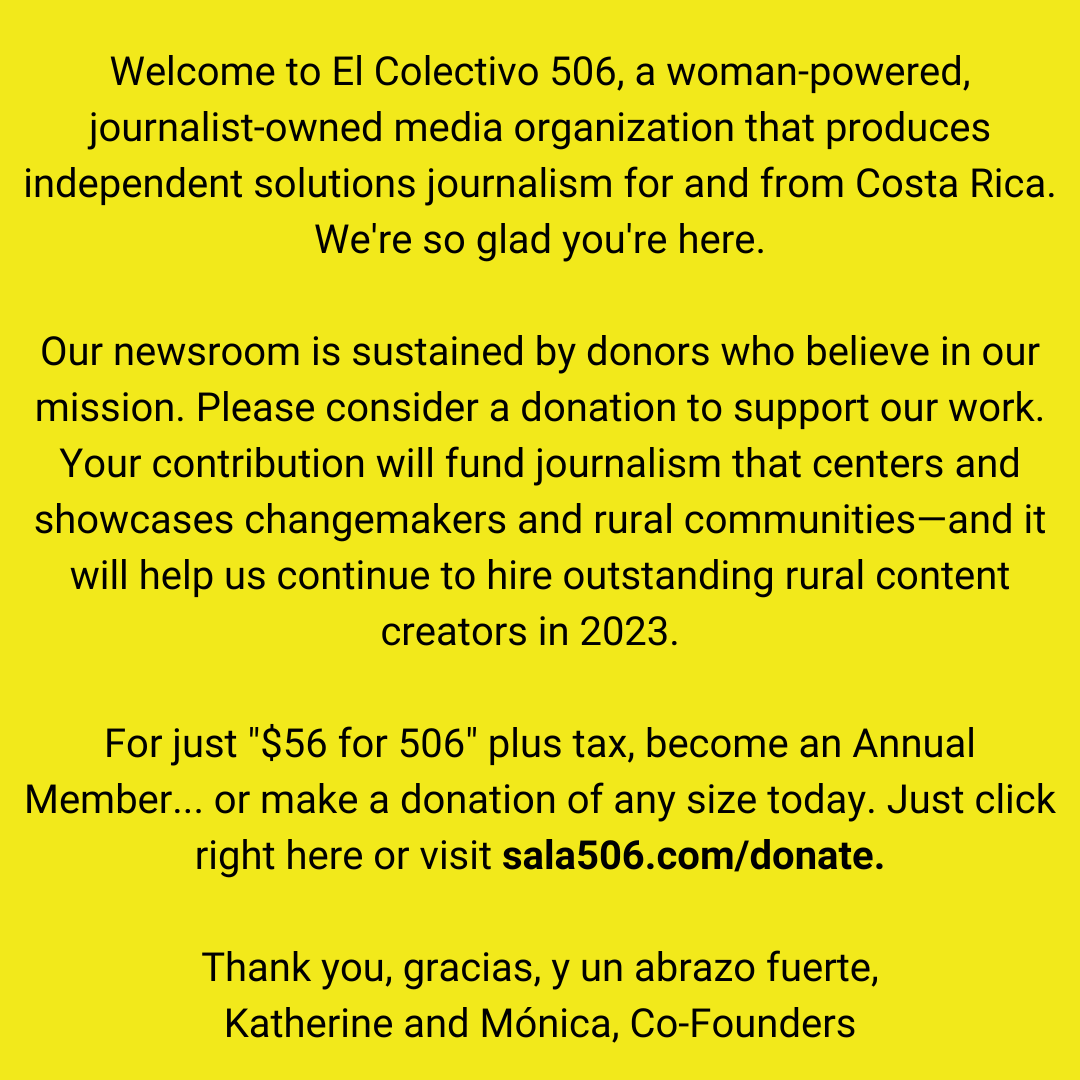A couple months after my dad’s death, I was wandering around New York City alone during a rare work trip when I found myself walking into Saint Thomas Church on Fifth Avenue. Its dramatic altarpiece drew me in as if it were talking to me—through the doors, down the aisle, all the way to the front. There, on a shadowy wall, I found a message beneath a dedication to the victims of the 2001 attacks on the World Trade Center.
“Grief is the price we pay for love,” it said. “Queen Elizabeth II.”
The message seemed stern and infallible, as messages carved in stone are wont to seem. It’s a famous phrase, but I’d never heard it before. I stood there transfixed. Eventually, I wandered back into the long spring dusk.
A therapist had told me I should place a chair in front of mine, imagine my father sitting there in it, and talk to him. I could never bring myself to do that, but he was with me everywhere I went on that particular trip—not so much because of the place itself, which we’d only visited together a couple of times, but because I was alone. My sad imagination had plenty of time and space to fill. He was across from me at a tiny table at a Thai restaurant, where I raised a Singha beer in his direction like someone out of “The Sixth Sense”; at the opposite end of the bench by the Hudson where once we shared a pain au chocolat; alongside me in the pew at Saint Thomas’s, where I put his name in the prayer box. “Grief is the price we pay for love.” I walked around the city, paying and paying and paying.
Five years later—and two years after we started publishing tales of love of all kinds at El Colectivo 506, in our Media Naranja column—I have spent lots of time examining this topic. I’ve come to believe that grief is not just a price we pay. It’s even more than that.
This month, I’ve been flipping through some of the pieces we’ve shared, these “super-short love stories with a Costa Rican twist.” Stories about people’s love for their partners and children, towns and landscapes, stray animals and national parks, for Costa Rica itself. I’ve written about voters crying quietly in an embassy far from home as a violinist plays Costa Rica’s Patriótico. About a couple who faced cancer, then a pandemic, sewing masks in a spare bedroom. About the surfer Henry Martínez and the waves he cannot see, but knows by heart, soaring atop them with matchless passion.
What I’ve noticed is that almost every story has a common thread. Beyond love. Beyond Costa Rica. That common thread is pain, loss, grief. Not just as a price we pay for love, an obstacle to be overcome, but as part of what creates love in the first place. Sharpens it. Strengthens it. Etches it in stone.
Sometimes pain brings love forth from the void, like the impurity in the oyster that brings forth the pearl, but more violent, more sudden—like the story we told of the journalist who raced to her hometown in the wake of tragedy, Huracán Otto, and almost literally found her new family amidst the mud. Sometimes pain takes love and tempers it, brings it to molten, hammers it into something that will last—like the heartrending story of Giovanna and the change she brought about. Even the lighter stories in our library, like the story about my husband that I wrote to kick off the column in 2021, are free of pain only through omission. The start, for us and for so many others, was shiny and bright, but the moments that truly forged a partnership—the ones I’ll treasure most in the end—came amidst sadness, dark as night. So dark that all we could see of the other was what really counts.
They say the exception proves the rule, and I am one of those lucky creatures whose love for her parents has nothing to do with grief or pain, aside from separation by geography or death. But the grief in parents’ lives does shape them, even if they manage not to pass that pain along. I wouldn’t have loved the same father without the scars he bore. My daughter’s love for me contains the tears she’s seen me shed. And the knowledge that our time together is limited—sometimes vivid, sometimes all but forgotten—is the thread through all our relationships that keeps them alive, urgent.
I think most of us agree that the capitalist iteration of Valentine’s Day is silly at best and cruel at worst. It’s a either an exercise in buying chocolates, flowers and cards, or a reminder of all the chocolates, flowers and cards one might be missing. A reminder, too, of loss and absence and loneliness. But two years of writing our love column has taught me something that applies to all of us, coupled and uncoupled, sad and happy on this particular holiday. It’s shown me that we’re all in dappled light and shadow, all the time. We all love; we all know brightness; we are all in the dark, each in our own way. A day to celebrate love is a day to celebrate that, too.
Only in the dark can we find what truly matters. Only there can we, like Henry on his surfboard, stripped of all that’s shiny and bright, find our footing one glorious instant at a time. Only there, forced to trust in the unseen, do we create the kind of love that carries us across the waves.
We’re turning our Media Naranja columns into an ebook! Want to help? Check out our past columns here and vote for your favorites by messaging us at +506.8506.1506, or dropping us a line at [email protected]. And if you know a love story that deserves to be told, you know where to find us.







